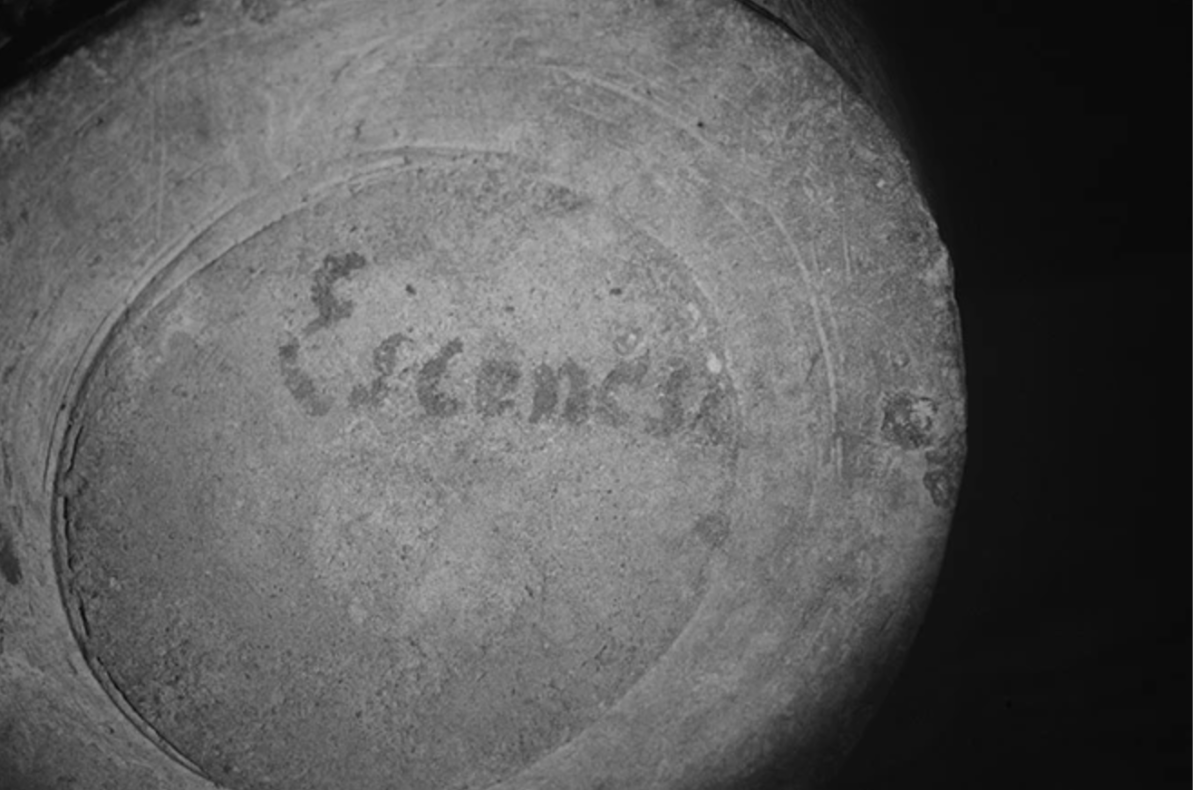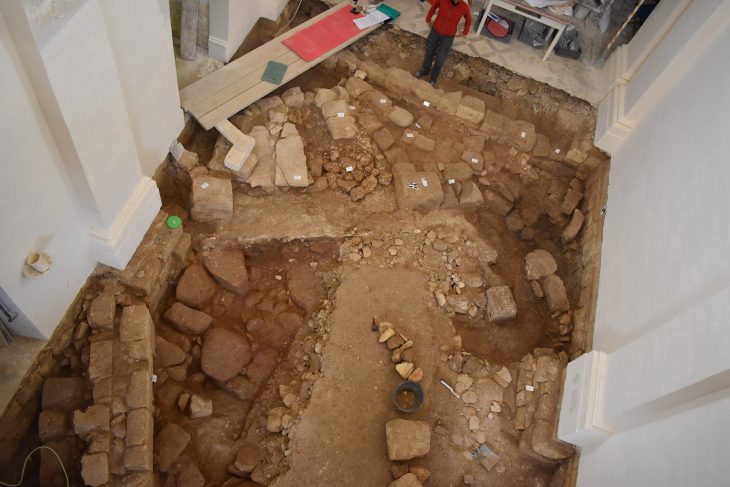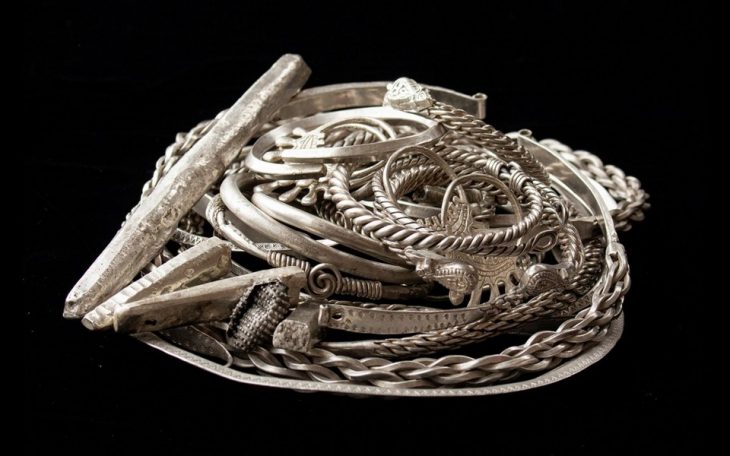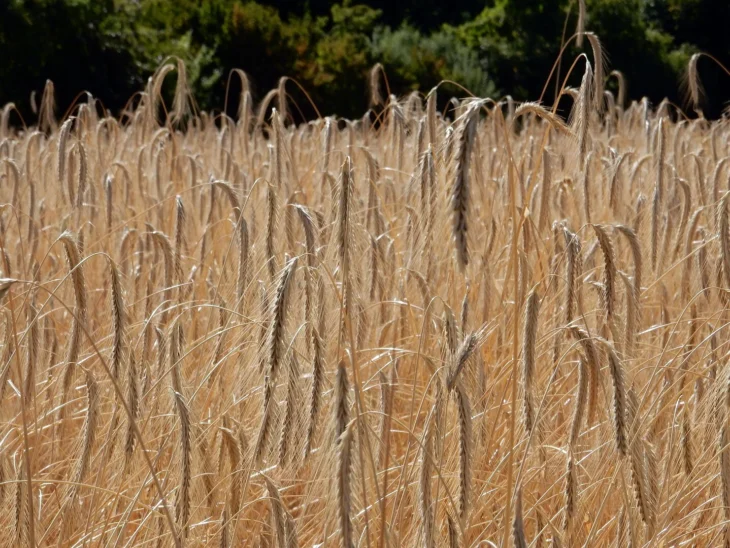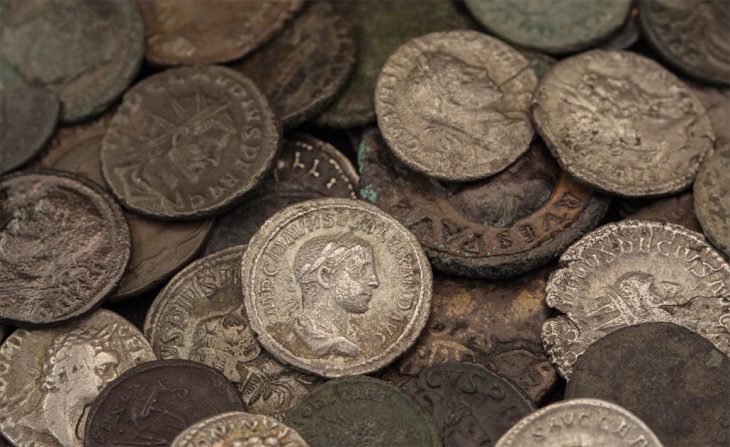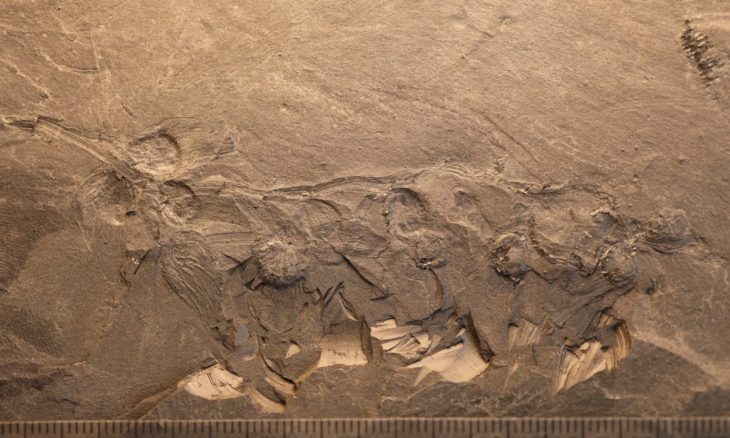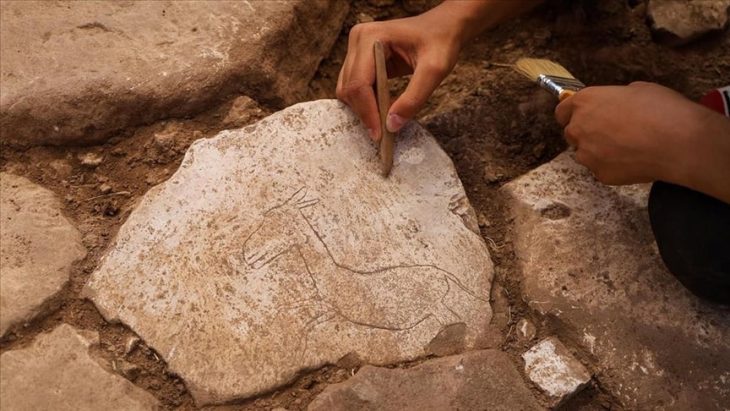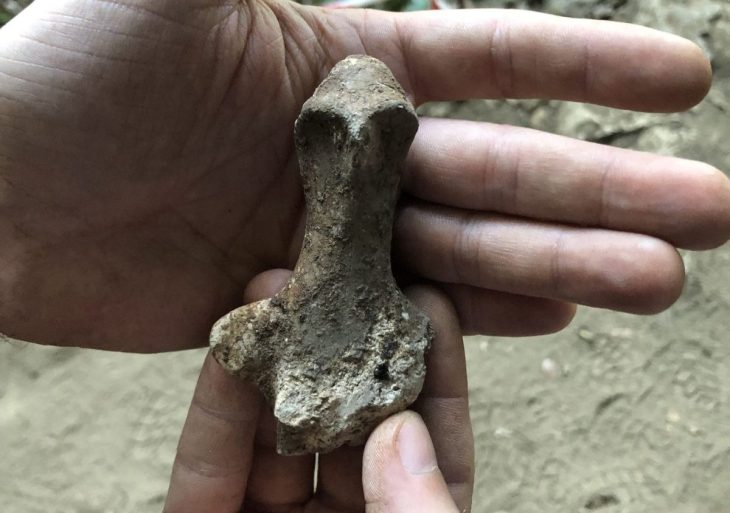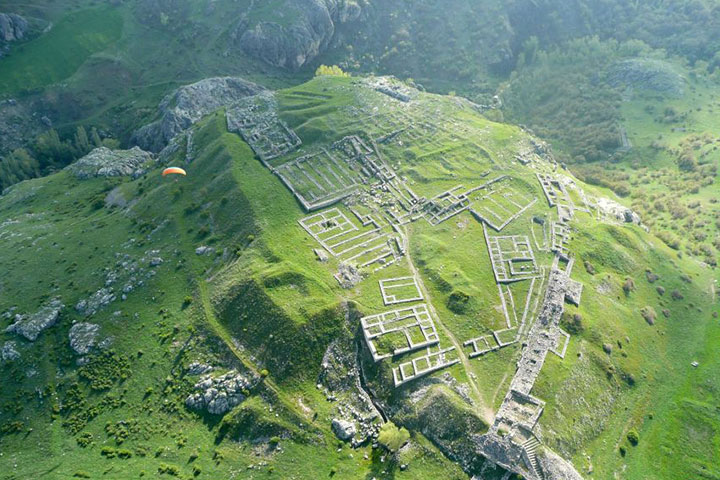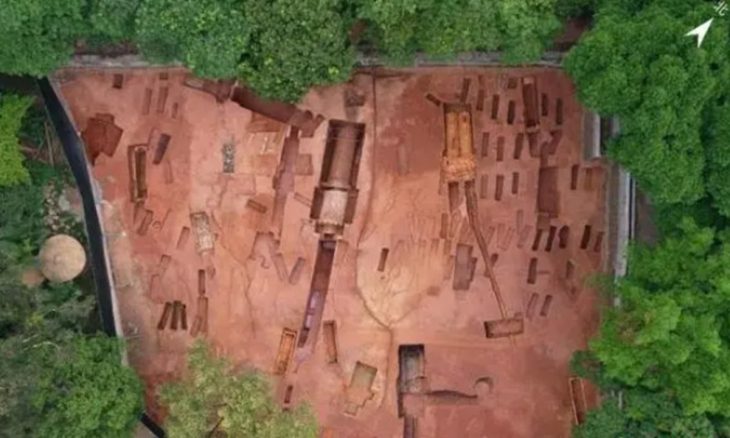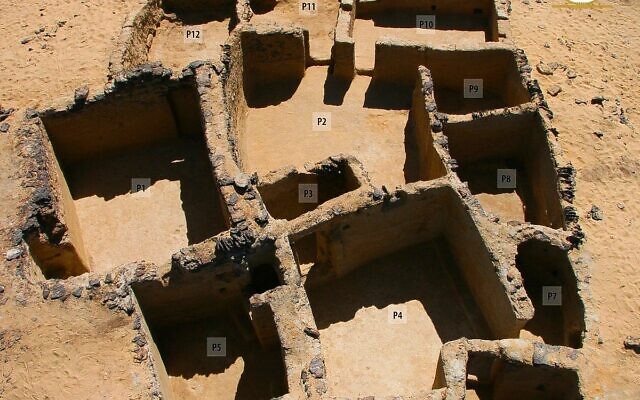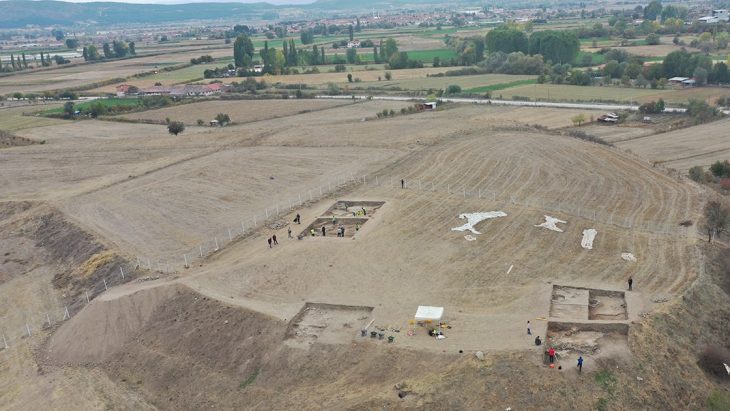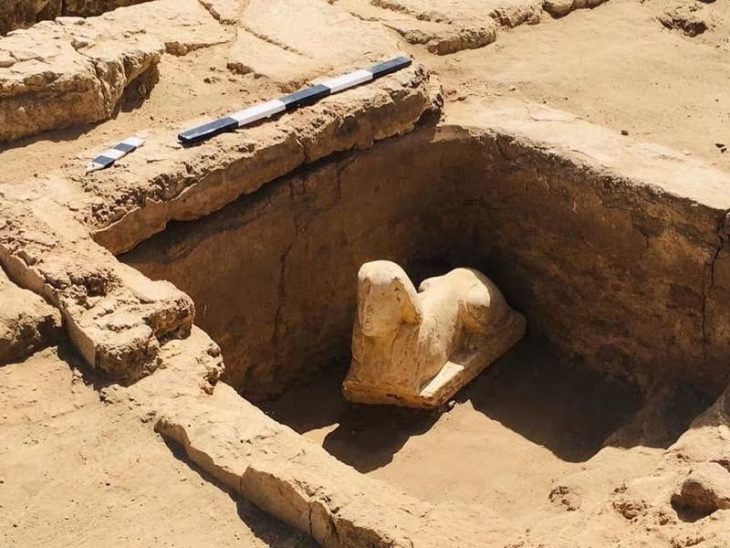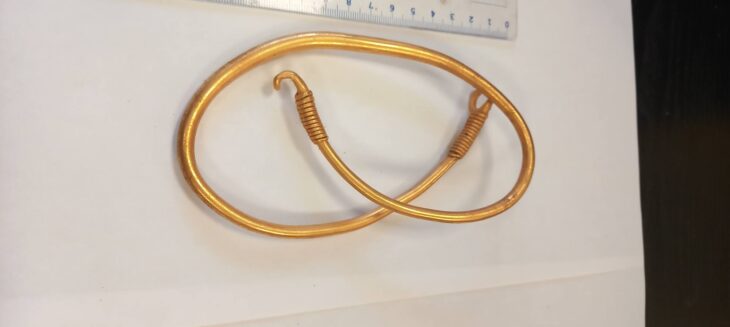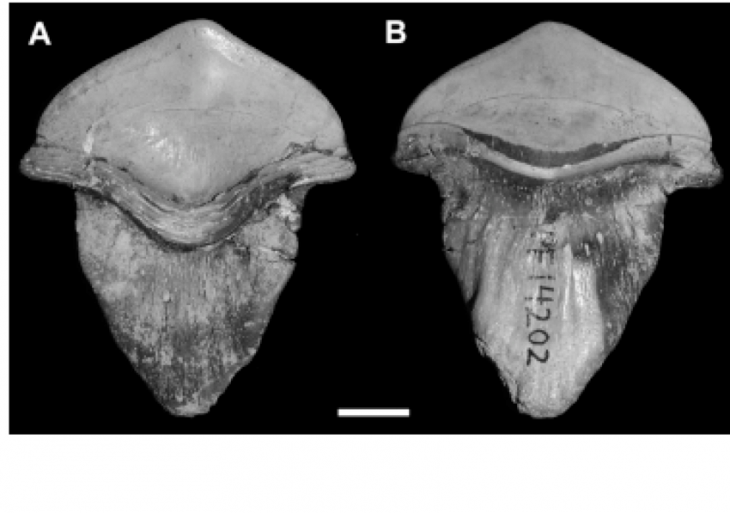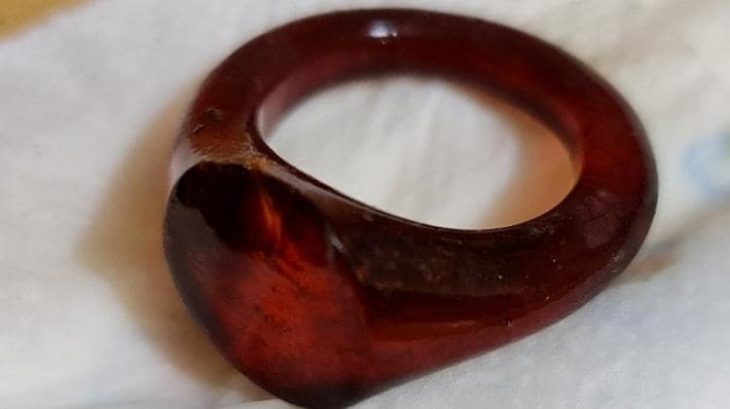After the family that had passed it down through the generations permitted the artifact to be examined, a relic from the era of the “hidden Christians” in Japan centuries ago is creating a stir here.
Although the item may seem like a simple vase, it’s a word painted on the bottom that makes it important. The word suggests the vase held fragrant oil used during Catholic Mass, and likely for a very important person.
The artifact is 25 centimeters tall and painted in three colors. It was made in China around 1600. The item is owned by a family who lives in the Sotome district, where Japanese Catholics were driven underground during the Edo Period (1603-1867) to avoid persecution.
During the Tokugawa shogunate or Edo period, Japan was effectively isolated in a rigid isolationist autarchy for 265 years. Tokugawa Ieyasu (1543-1616) supported Christianity at first but later persecuted it.
On March 24, 1603, he officially established the shogunate that bears his name (to be continued by his dynasty) in Edo (giving the name to the homonymous period in Japanese history), which is now Tokyo, Japan’s capital.
📣 Our WhatsApp channel is now LIVE! Stay up-to-date with the latest news and updates, just click here to follow us on WhatsApp and never miss a thing!!
After the revolt of Shimabara in 1637, the Tokugawa shogunate and dynasty’s policy of strict isolationism became even more difficult when shogun Tokugawa Iemitsu(1604-1651) declared Japan to be “Sakoku” (“chained country”).
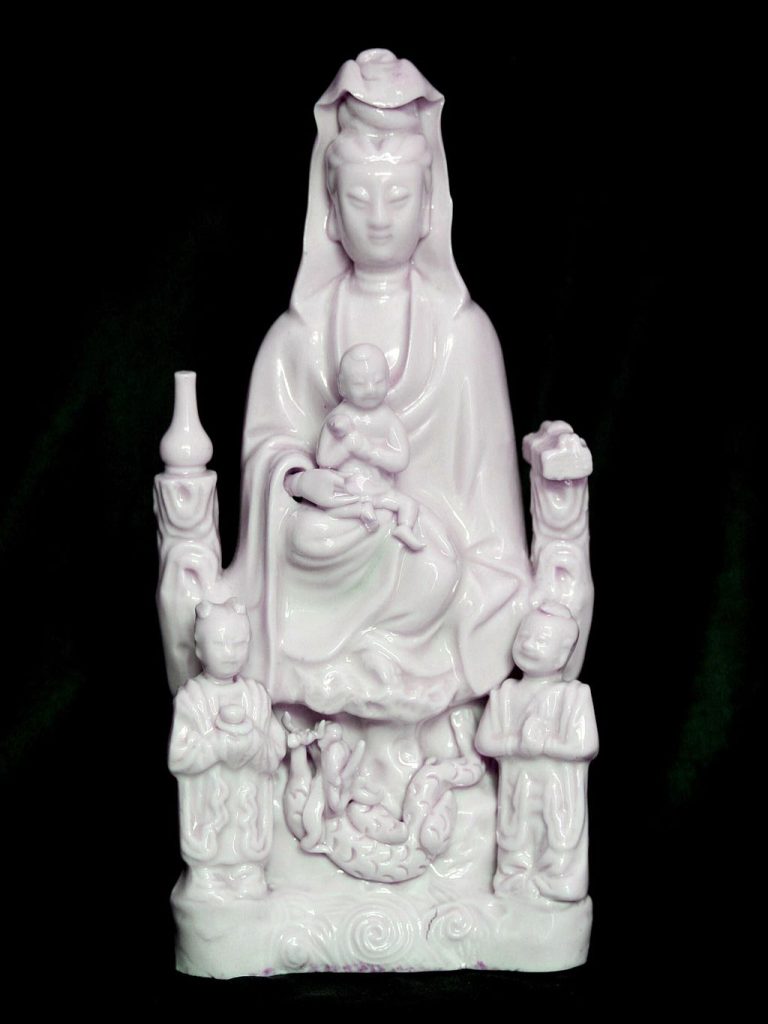
Christian converts, both peasants and swordsmen, took up arms in response to the persecution. Those who survived the carnage and others who escaped death became known as “Kakure Kirishitan,” or “hidden Christians” in the new Japanese “catacombs.”
The vase may have been used in a ceremony for Konishi Yukinaga, a Christian feudal lord in the 16th century, according to a May 16 theory by the Nagasaki prefectural government. Due to the scarcity of records from that time period, the prefectural government designated the vase as an important item, saying it provided insight into how Christian churches were run in Japan.
As a “treasured item,” only the head of the household historically was allowed to view the vase, the owner said. The vase was dubbed “Yokahito-sama” and used as an object to venerate when saying prayers.
Until now, it had not been known what the vase was for, the owner said.
While studying the vase, the prefectural government last year noticed that a foreign word, “Escencia,” is written in ink on the base. The term literally means “fragrant oil.” The prefectural government concluded the artifact was used for holy oil.
This suggests the vase featured in ceremonies such as consecration or celebration at Mass that only bishops are allowed to perform, prefectural government experts said.
Luis de Cerqueira was the bishop of Japan back then. He is said to have conducted a “confirmation” ceremony in the Amakusa Islands in 1599 to affirm Yukinaga’s religious faith.
According to Yohei Kawaguchi, an archeologist and official with the prefectural government’s arts and culture division, the vase was likely secretly moved somewhere after the Edo Shogunate banned Christianity in 1614, resulting in the expulsion of missionaries from Japan and the destruction of churches.
He believes that Christians at the time may have called the vase “Yokahito,” which means “good person,” to refer to the bishop, who was most likely the vase’s original owner.
Cover Photo: The word “Escencia” is written on the base of the vase. It means “fragrant oil.” Photo: Nagasaki prefectural government

